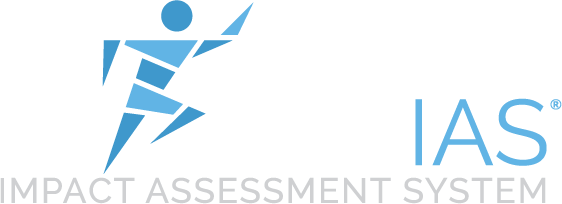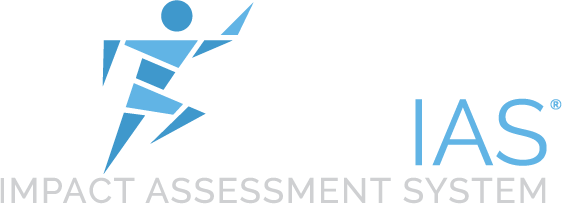In April this year, a US federal judge gave the final approval to a $900m class-action lawsuit settlement between the National Football League and thousands of former players.
More than 5,000 retired players represented by the case complained that the league hid the risks of multiple concussions in order to keep players on the pitch. Each will now be awarded up to $5m (£3.23m) for any serious medical conditions associated with repeated head trauma.
The high-profile dispute highlighted the long-term risk of concussion and sent a seismic panic over liability to colleges, high schools and club teams playing contact sports.
One company that stands to benefit from the heightened concern over concussion is BlackBox Biometrics, which makes a small wireless sensor that pairs with an app to detect blows during training and gameplay.
The technology – called Linx IAS – originated as a military tool to measure the invisible impact of shockwaves from an explosive blast which can rattle soldiers’ brains inside their skulls. The sensor gives medical staff an indication of the potential severity of the impact on an individual, which in turn helps the triage process.
“We saw a significant amount of attention being given to concussions in sports – driven by the NFL – and thought we could address the problem in the way we do for the military,” explains David Borkholder, chief executive officer and founder of BlackBox Biometrics.
High-school athletes in the US suffer as many as 300,000 concussions per year playing football, lacrosse, hockey and boxing. These traumatic brain injuries can cause headaches as well as problems with concentration, memory and coordination.
The Linx IAS sensor fits against the skull on a fabric headband, measuring concussive forces. These are transmitted wirelessly to an app which marks each blow on a scale of 1-99, along with an associated traffic light colour code. A green light signals a low-level “sub-concussive” blow, while red flags a severe hit. The app keeps track of these hits over time, so a coach can better monitor the wellbeing of his or her team.
“You can compare how often one player is hit compared to others in his position, and use that information to change behaviours,” explains Borkholder. “Maybe you’ll let him rest rather than playing or doing some other type of drill to maintain that athlete at peak performance.”
Around 400 devices are currently being trialled around the US, mostly in high schools.
BlackBox Biometric is focusing on younger athletes because they don’t tend to have the same level of medical support as professional organisations and, as Borkholder says, “they are more susceptible to brain injury”.
Alan Shahtaji, a doctor from UC San Diego Health who specialises in sports medicine and concussion, echoes Borkholder’s words.
“The majority of adults recover within a week, but for kids it’s closer to three or four weeks. We don’t fully understand why but their brains are developing and so there is a different healing process,” he says.
He believes that there needs to be more support and education about concussion at the youth level of sport, pointing out that if an NFL player is suspected of having concussion he has to undergo rigorous testing before being allowed back on the field. “But the people most vulnerable and who we should be being most cautious with don’t have these resources and aren’t getting the evaluations.”
Systems like Linx IAS could be useful as one tool for monitoring safety, he says, but shouldn’t be relied upon solely. And certainly not for diagnosis as there are too many variables at play. Borkholder agrees: “Our system is an impact sensor. An impact that causes concussion for one person may not in another.”
Shahtaji does, however, see value in using such a system to help hone athletes’ form. He explains: “If a kid is taking a lot of hits, maybe the coach needs to see if they’re having proper form, whether they are tackling or playing in the right way.”
Dom Arioli has been testing the system in his boxing gym in Rochester, New York. He runs one of the only high-school boxing programmes in the US, and has used Linx IAS “extensively” during practices in the last year involving children aged 13 to 18.
“No device is going to replace my eyes, but this helps keep track of the accumulation of blows – that’s where the real damage can be done. I can see whether a kid is taking too many punches in sparring and either send them to get checked out by a doctor or get them working on their defence,” he explains.
Arioli says he invites the children’s parents and grandparents to sparring sessions to show the technology in use. “More parents will feel better about letting their kids box because I’m taking these precautions,” he says.
The school considers the trials to be so successful that it plans to expand the use of the system to its American football, football, lacrosse and hockey teams.
The data collected from all of the trials will be used to tweak the user interface of the mobile app before the product launches commercially in early 2016.
How battlefield technology is being used to track concussion on the sports field | theguardian.com

